20 years ago this July/August I first set foot at Ox-Bow. A student at the time, I volunteered to cook dinner for the campus. It was my first time feeding a crowd like that, though I was a budding foodie and aspiring cook. I felt inspired to give back to a community that had give me so much– many delicious meals, engaging art discourse, and above all, a welcoming sense of inclusive kindness. The next summer I was hired to cook and the rest is history…
This summer I was invited to guest chef at ACRE, another superlative residency/communal art situation run by friends/fellow travelers in stunningly remote Steuben, WI. Perhaps self-indulgently, I felt compelled to recreate my curry night from the 90s. Unlike Ox-Bow, the entire kitchen staff (and most of the resident staff) at ACRE work on a volunteer basis. It made sense to me to redo this meal, which was intended as an act of gratitude for the labor of a community. ACRE runs on sweat equity, goodwill, and communal ideals. In this way, for its two week sessions, it provides an alternative to the machinations of Capitalism. I would call it a temporary utopia.
There is much well-needed discussion in the art world these days about the value of artists’ labor (and lack of monetary compensation.) I am a proponent of paying artists, the nonprofit I run pays artists. In these selfish, crazy times we live, I’m afraid that artists are panicking about their worth (as they should.) Running my organization, lately I am feeling occasional pushback from our constituents about the resources we have to offer (its not much.)
Residencies and other temporary utopias offer other value. They provide a moment to feel what its like to live in the type of world many of us would choose– cooperative, visibly democratic, and based in relationships. ~I should acknowledge that time is another value and having it flexible is a privilege not everyone can afford~ But what better than the value of living a better world, however fleeting these moments may be. The belief in this value is what so inspires me about the volunteer labor of ACRE.
The food turned out well. People ate it all, I hope I made enough! It was super fun to hang and cook in the rustic, screened-in ACRE kitchen. Thanks to Caitlin & Stella for coordinating, Brandon too. Super nice to meet Allison and Freddie and work with them for the day! Thanks ACRE!
















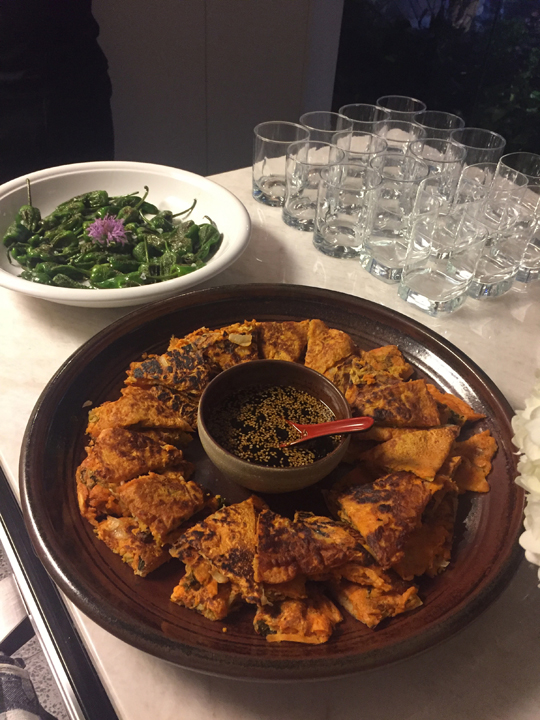
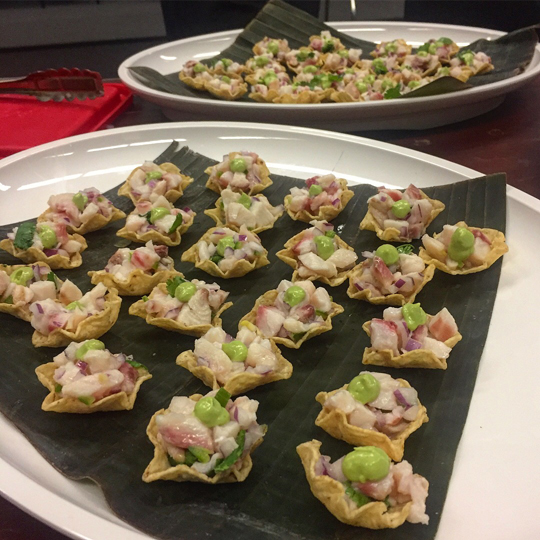






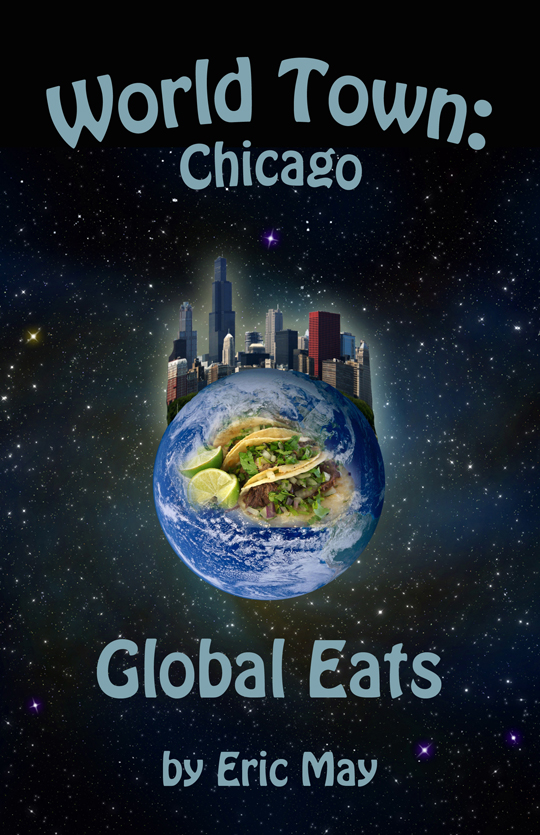





















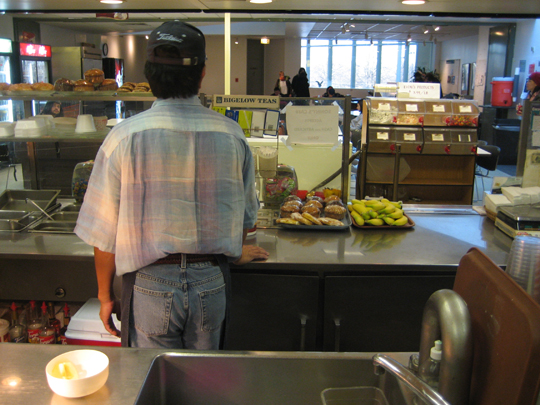
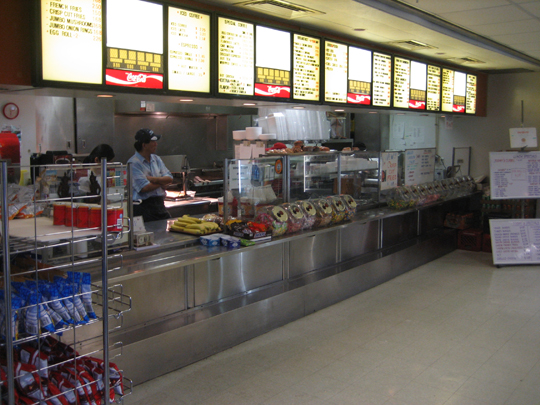

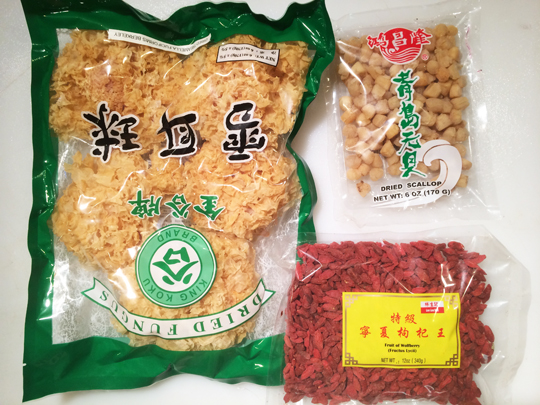

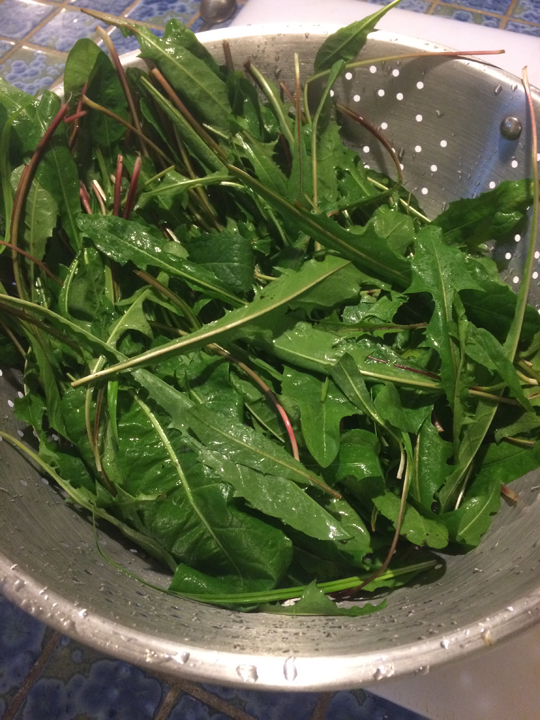
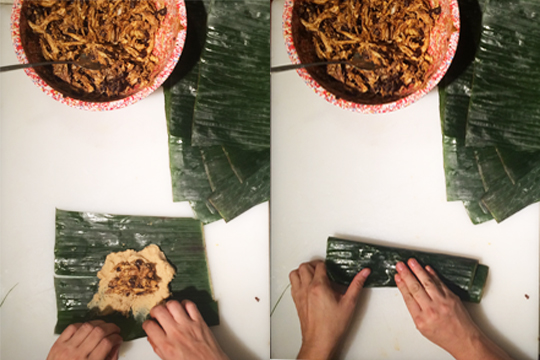
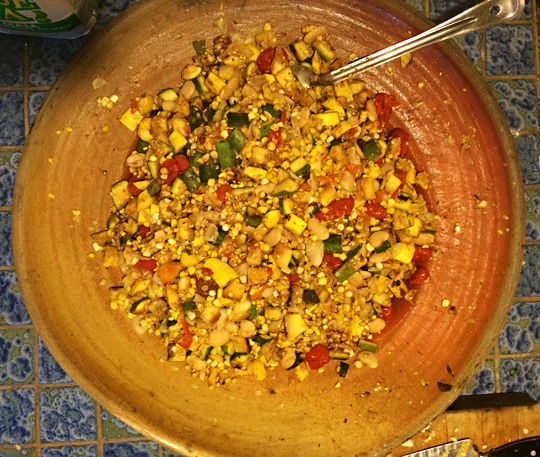
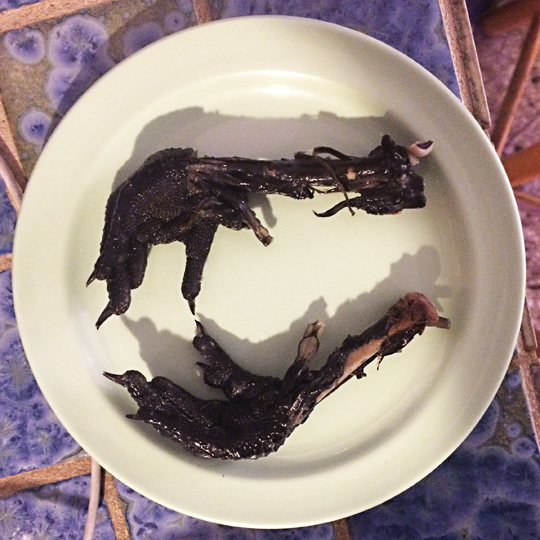
Ox-Bow Cooks at Home
When I cooked for Ox-Bow, a pretty frequent customer request was “when are you putting out a cookbook?” We had casually kept recipes for years and started compiling a list of classic dishes for a cookbook sometime around 2011. My decision to leave Ox-Bow in 2014, after 15 years of cooking, really lit the fire under my ass to finally make the book happen.
I finished my writing in early 2015 and complied contributions from my longtime colleagues Mikey Henderberg & Erin Chapla (who both still cook there.) I hit up three of my favorite Ox-doodlers, Carmen Price, Lauren Anderson, & Mac Akin to illustrate and I tapped designer extraordinaire, Chris Roeleveld, to design the whole thing.
At long last, it is finally available! $30 Cheap!
Buy HERE